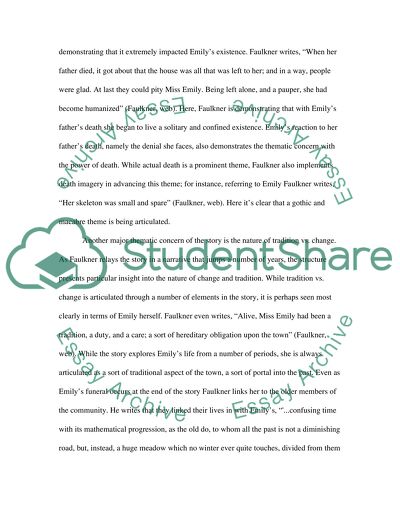Cite this document
(“Symbolism and Theme in William Faulkners A Rose for Emily Research Paper”, n.d.)
Retrieved from https://studentshare.org/family-consumer-science/1423992-symbolism-and-theme-in-william-faulkners-a-rose-for-emily
Retrieved from https://studentshare.org/family-consumer-science/1423992-symbolism-and-theme-in-william-faulkners-a-rose-for-emily
(Symbolism and Theme in William Faulkners A Rose for Emily Research Paper)
https://studentshare.org/family-consumer-science/1423992-symbolism-and-theme-in-william-faulkners-a-rose-for-emily.
https://studentshare.org/family-consumer-science/1423992-symbolism-and-theme-in-william-faulkners-a-rose-for-emily.
“Symbolism and Theme in William Faulkners A Rose for Emily Research Paper”, n.d. https://studentshare.org/family-consumer-science/1423992-symbolism-and-theme-in-william-faulkners-a-rose-for-emily.


